Robots modelled after dung beetles leverage nature’s ingenuity with efficient, space-saving object-rolling mechanics.
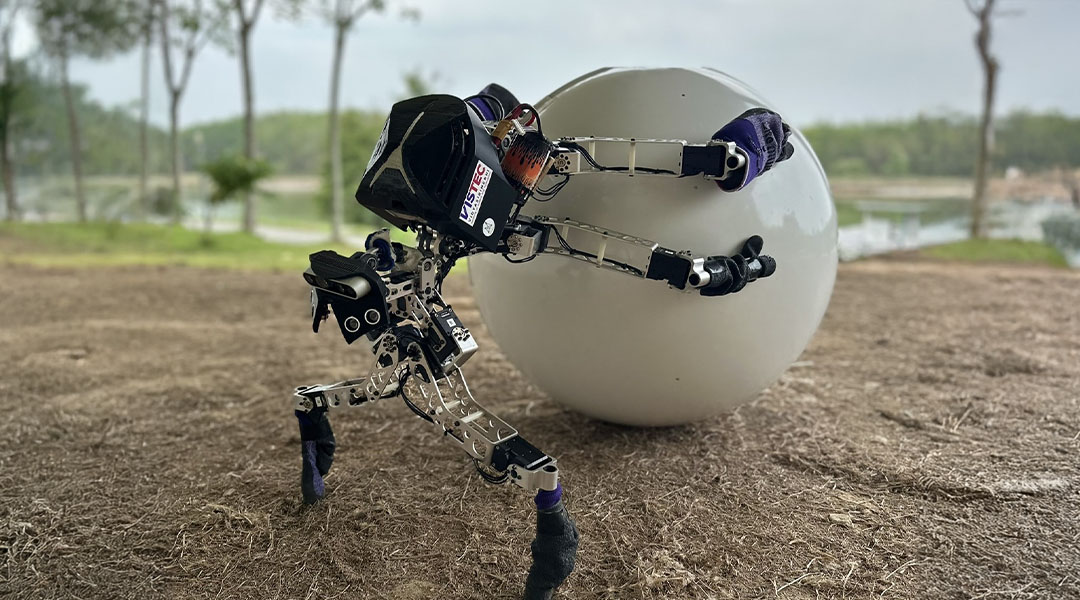

Robots modelled after dung beetles leverage nature’s ingenuity with efficient, space-saving object-rolling mechanics.

With its unique carbon fiber skeleton, this jumping robot closely mimics the energy-storing tissue found in insects.
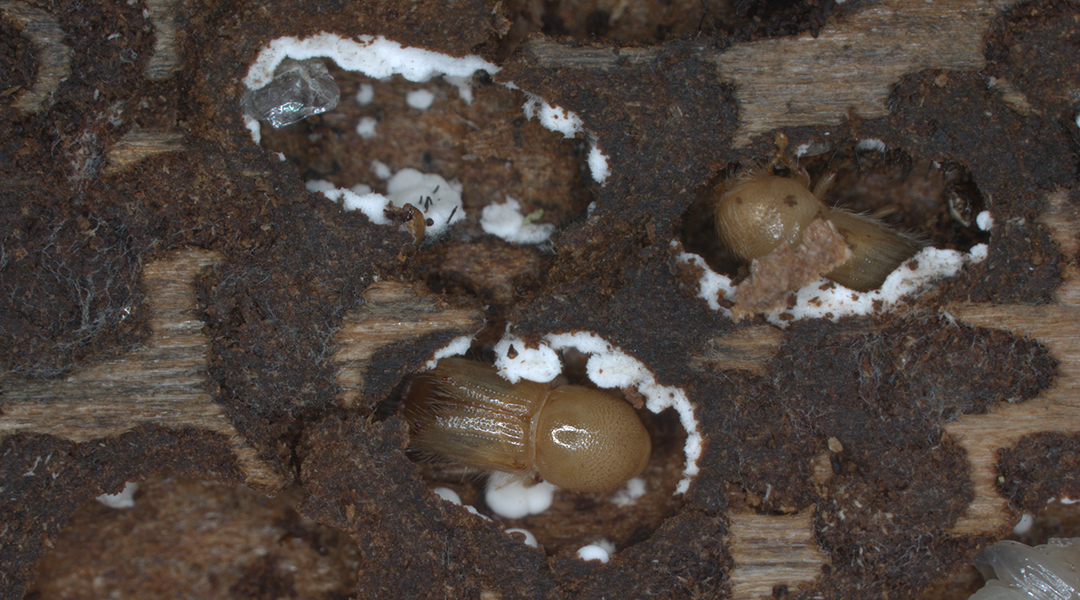
New study clarifies symbiotic link between bark beetles and fungi in the destruction of coniferous forests.
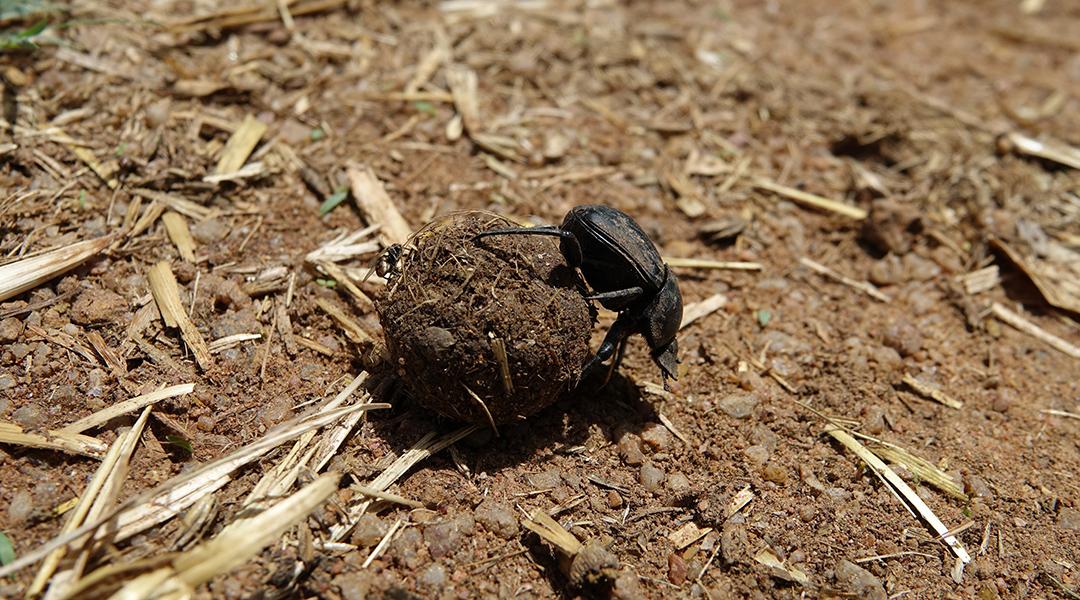
A numerical model helps scientists understand how particularities of different terrains affect the trajectory and behavior of dung beetles.
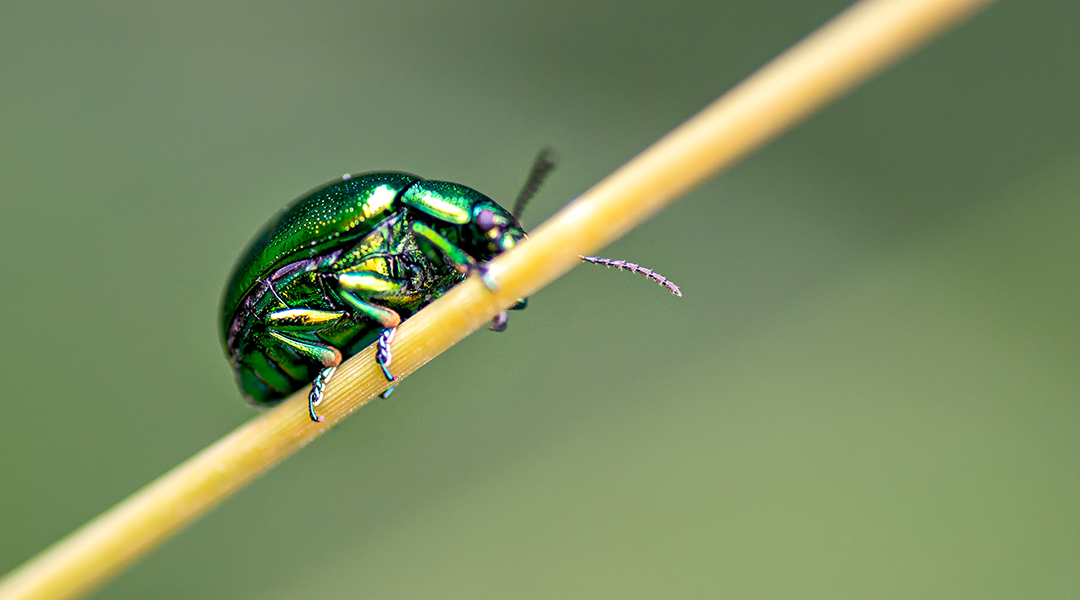
Exoskeletons of tree-dwelling and terrestrial beetles differ in their structural-mechanical properties and have inspired the design of new composite materials used for bioengineering.
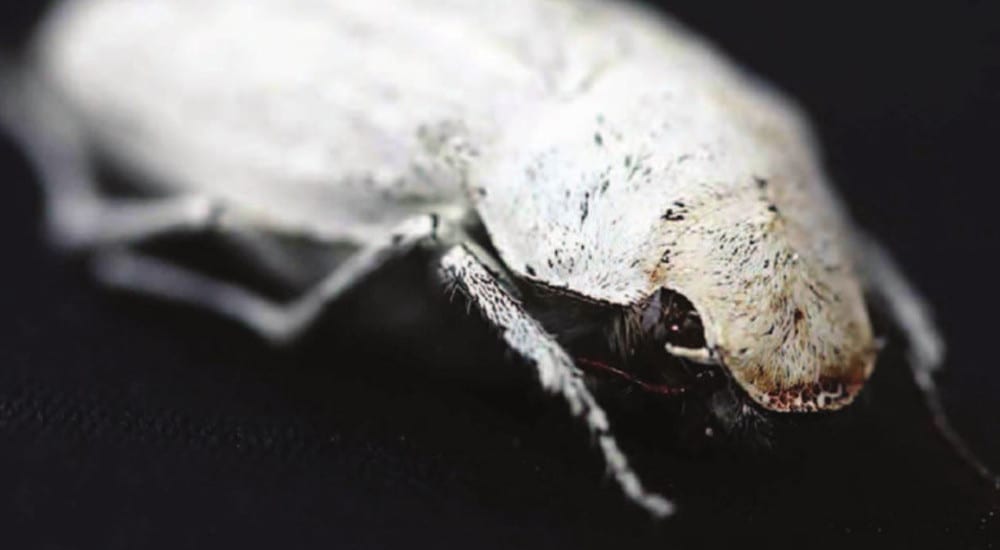
Researchers from Switzerland, Germany, UK and USA explore the local structure responsible for the vibrant white color of Cyphochilus beetles.
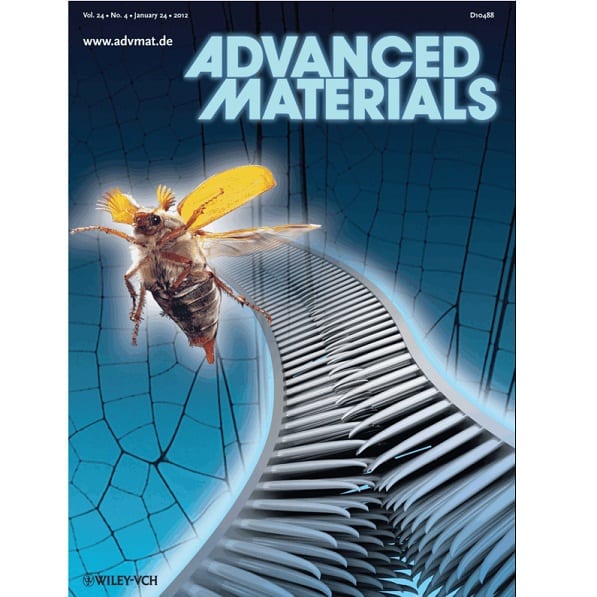
Korean scientists present a new interlocking material based on the mechanism beetles use to lock away their wings.
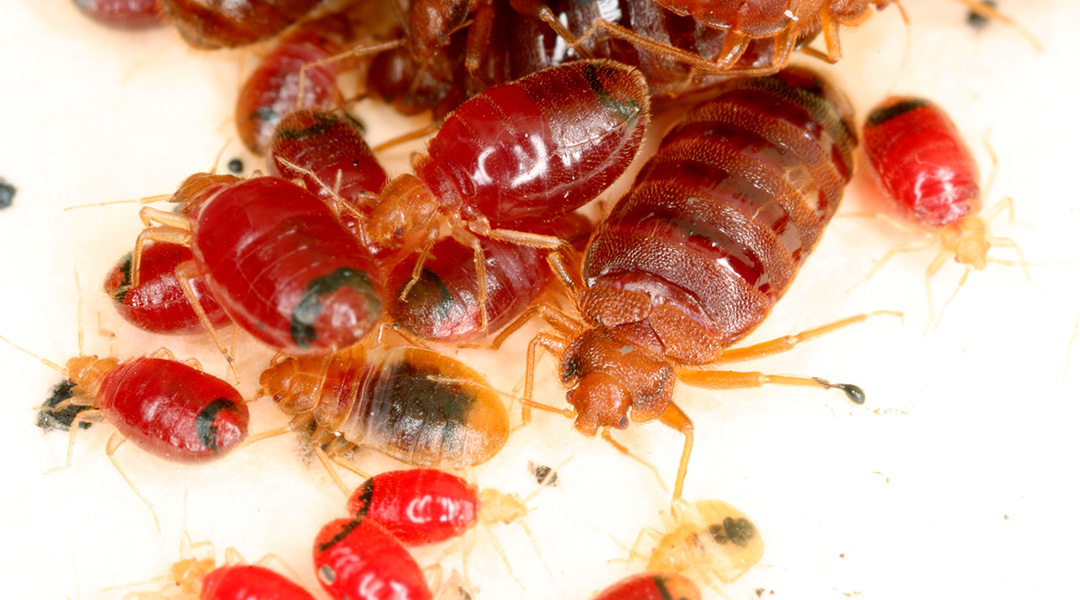
Forensic science may soon harness these blood-sucking pests, analyzing the blood they feed on to link suspects to crime scenes.
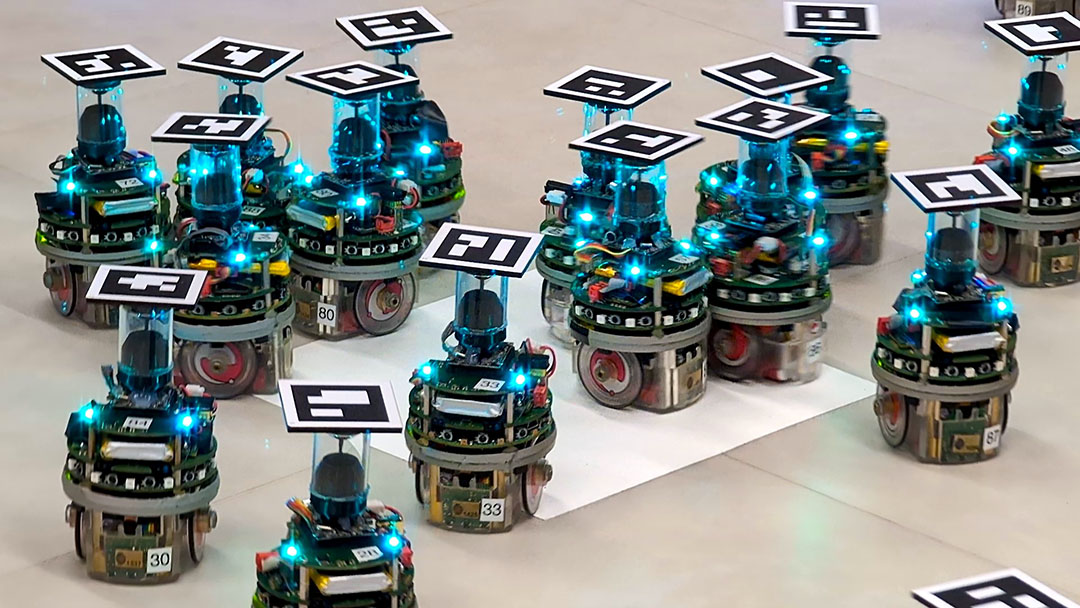
Researchers have developed an optimization program to design the behavior of small e-puck robots to allow them to work in unison.
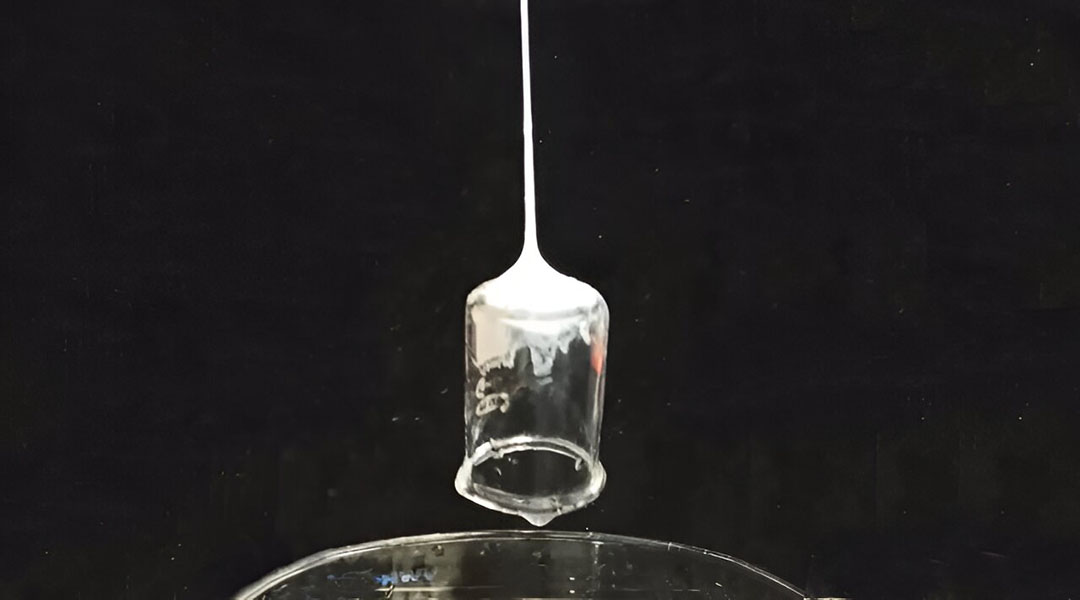
With great power comes great responsibility—even for real-life, superhero-inspired web-slinging tech!